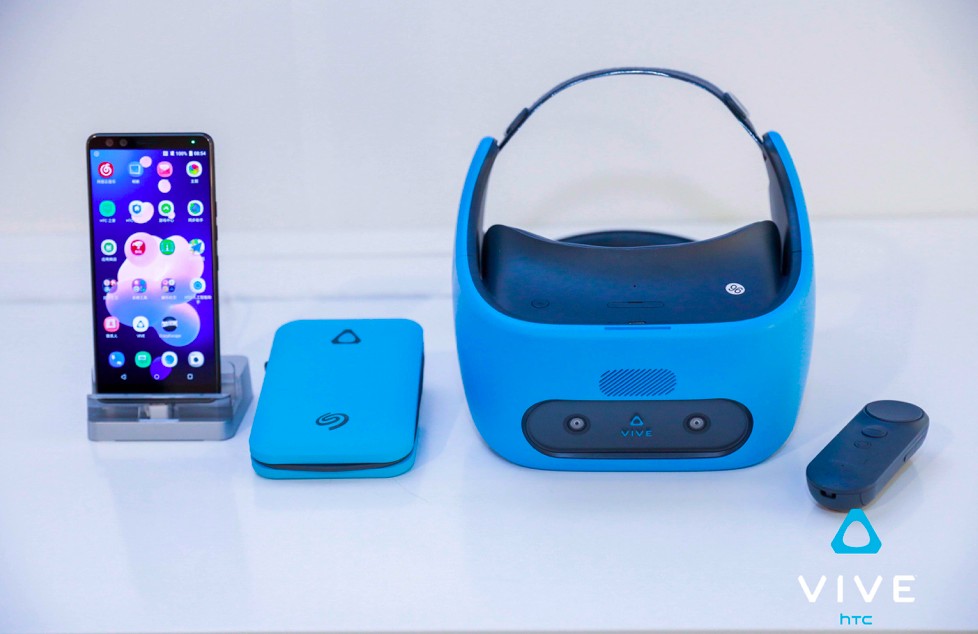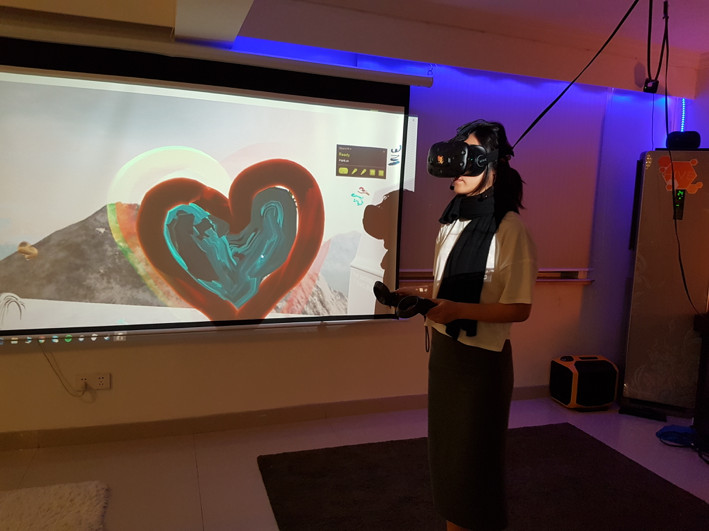“Since 2016, the ‘Year One’ of virtual reality, a VR ecosystem that encompasses users, hardware manufacturers and content developers has been gradually taking form. Two years later, the year 2018 marks the beginning of a new chapter for Vive Reality, which will integrate the benefits of VR, AR, 5G, and AI technologies,” said Alvin Wang Graylin, the China Regional President of HTC, at Vive Ecosystem Conference today.
The whole VR industry was bothered by market cool-down over the past year, but All-In-One (AIO) VR devices are gaining momentum. This change underlines a maturing market, where consumers favor higher-quality content and devices that feature complete and immersive experiences, Alvin explained.

Growth of different VR device categories over the past two years. (Source: 2018 China VR Market Survey)
The ubiquity of smartphones not only makes it a big business on its own, it’s also becoming an increasingly essential factor for the success of other smart hardware devices. The principle has been partially proved in the drone industry, where smartphone’s integration with devices fuels the rise of drone makers like Ehang and DJI.
As a top player in the sector, HTC Vive is testing the trend in VR industry. After selling a huge chunk of smartphone division to Google last year, the former phone giant relaunched smartphone business with the release of flagship smartphone HTC U12+. However, as part of the company’s focus shift, smartphone on its own is no longer the key strategy of HTC’s such move. This time, the phone business is an access point to connect users to HTC’s VR devices.
With the updated Vive Focus, a standalone VR helmet, users are now able to receive messages and social message notifications as well as take calls on the HTC U12+ without taking off their headset. These functions allow users to stay in touch with the outside world when immersed in VR.
At the event, Alvin demonstrated how users can pick up a phone call or receive WeChat messages while wearing a Vive Focus helmet. HTC’s Vive Studios also showcased a fun way to integrate smartphone – the Studios used the phone as a VR controller to strum a virtual guitar.
By updating its built-in Vive companion app, HTC U12+ users will be able to explore the first-hand experience of the integrated features. The Vive’s companion app will be available in both HTC official app store and Tencent app store shortly, according to the company.
To support users’ needs of using the device when moving, a new “Passenger Mode” is part of the system update optimized for seated VR experience or movie watching for up to four hours (originally three) without tracking constraints. Just double-click the power button, users can activate the all new “Surroundings Mode”, to observe environment around them without taking off the headset. In addition, this update enables the service to install applications directly to their microSD card (up to 2TB), so users won’t need to worry about running out of storage for their favorite applications.
In a further move towards mobility, HTC demonstrated multiple applications utilizing its light gesture recognition SDK for the Vive Focus. This will enable developers to activate VR applications by simply moving hands and fingers. Gesture SDK will be released to registered Viveport developers in the coming weeks. And the function is likely to open for general users in the near future.
Alvin also introduced that the company is teasing the possibility of upgrading Vive Focus’ current 3 degrees of freedom (3DoF) controller to function as a 6DoF controller without the need for any additional hardware. The company hopes to do it by leveraging the device’s existing front-facing cameras and its proprietary AI computer vision technology.
In addition, a series of partners were introduced into the ecosystem to bring better VR experiences. At the conference, VIVE WAVE™, VR open platform, launched partnerships with Pico, iQiyi, and Skyworth by embedding the HTV VR function in the parterres’ newly released and upcoming products. To drive mass adoption for VR/AR, HTC also formed new partnerships with Major League Baseball (MLB) and world-famous Formula One (F1) team McLaren.
–This article originally appeared on TechNode.







